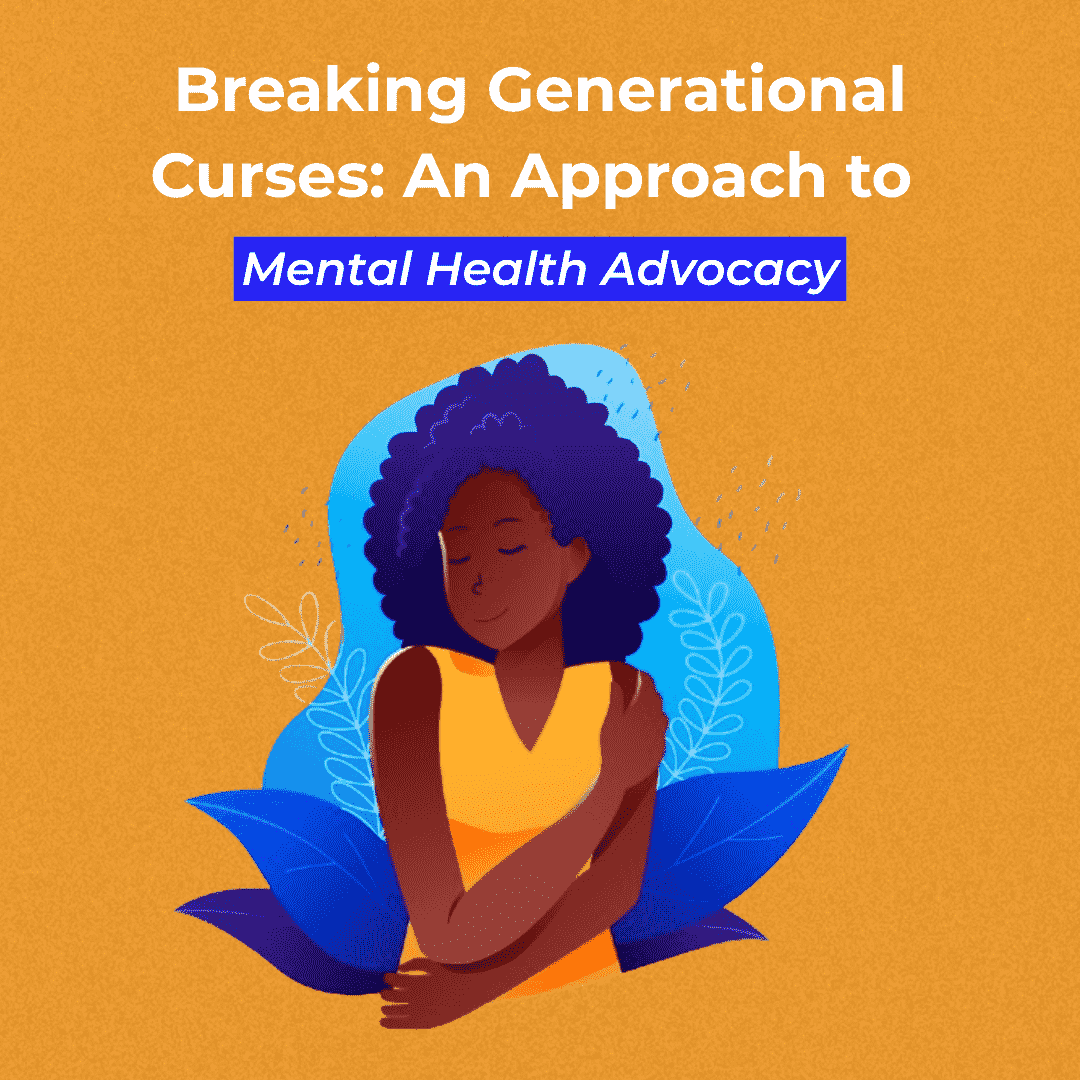CATEGORIES
#Gen Z #Health and Wellness #Well-BeingOverview:
- The majority of Genz has been dealing with passed-down trauma and learning how to navigate their way out of it.
- Growing up, we would hear that there was some sort of taboo attached to mental health. The younger generations are actively unlearning the stigma around this.
- Trauma responses allow you to develop unhealthy coping mechanisms and put a pause on your healing journey.
- Embracing authenticity is key to continuing healing and breaking generational curses.
The term “generational curses” refers to specific trauma transferred from one generation to the next. This trauma then displays as stress, anxiety, and unhealed emotional pain. This is often induced through direct experience, like witnessing a violent act or being in a constant presence of violence. The mental suffering caused by this type of trauma includes depression, anxiety, and hyperactivation of the sympathetic nervous system.
Stigma defines the negative attitude or self-perception imposed upon a person with mental health problems.

Understanding the Stigmas Around Mental Health
Self-stigma happens when undesirable beliefs regarding one’s mental health get internalized.
Public stigma is when debilitating stereotypes are reinforced by culture. This way of thinking would tempt individuals to believe that they do not deserve help or are simply to blame. As a consequence, many people silently suffer and avoid therapy, thus denying themselves crucial support.
There’s a notable link between mental health and physical health; in fact, studies show that they appear to be inversely correlated. Poor mental health makes us vulnerable to conditions such as obesity, diabetes, heart disease, and even poor immune functioning. Moreover, mental health modulates pain and sleep-wake cycles, thereby creating a more complex environment for chronic diseases. In other words, enhancing one helps improve the other.
Gen Z is remarkably open with matters such as mental health; they seek help even with all the aforementioned ails. Here is a generation that is transforming views concerning treatment and dispelling stigmas. In fact, as compared with earlier generations, they are more likely to seek assistance from professionals and recognize their issues.
A report from Harmony Healthcare IT has revealed that over half of those in Generation Z have visited a therapist, and two out of five of them see one regularly. The therapy scene has been revamped in recent years with an upsurge of mental health services online like BetterHelp and Headspace. These have changed how people access mental health care by offering means to make therapy more available, convenient, and affordable.

How the Narrative Is Changing
Even while social media can be toxic, it has played a crucial role in mental health advocacy. It has taught me that everyone is acting, and we are not alone.
Gen Z has been advocating for the transparency that the world needs. We arrive at a new job believing that everyone is criticizing us based on our attire and our tardiness or early arrival. I only discovered on social media that a great number of others have had a nearly identical experience. Many more who liked and commented on such posts also resonate with the feeling.
Social media has also taught me how trauma reactions come about.
Trauma Responses and Coping Mechanisms
With trauma comes our body’s defense mechanisms known as Fight, Flight, Freeze, and Fawn.
- Fight: A defensive reaction triggered by perceived danger, which may take the form of aggressive conduct or verbal arguments. This reaction, which is based on survival instincts, refocuses energy on protecting oneself.
- Flight: The desire to physically or psychologically get away from danger. Examples of this include disregarding issues, avoiding confrontation, or retreating from relationships.
- Freeze: A state of temporary paralysis or inaction brought on by the brain becoming overloaded. This amygdala-related reaction is frequently accompanied by a slower heart rate.
- Fawn: A reaction in which people give up to threats to be safe. For instance, an abuse victim may comply with requests to retain short-term safety.
I have also learned how common coping mechanisms are when navigating trauma. A few examples are:
- Oversharing
- Overexplaining
- Isolation
- Hyper independence
- Hypersexualization
These behaviors are survival strategies shaped by past experiences. Processing trauma allows people to unlearn such behaviors and replace them with better options, including meditation, writing, yoga, and therapy.

Authenticity and Healing
It’s work that can feel difficult: damage that’s being repaired by you, even if you didn’t fictionally cause it. The process feels lonely, but remember: you’re doing it for others as much as for yourself. It requires unlearning survival behaviours, setting boundaries, and practicing self-kindness. Healing is a lifelong journey of self-awareness and personal development.
One of the best methods for breaking these cycles is the application of self-validation. Acknowledge your successes, no matter how small. You may turn the pain you experience into something positive, even when it is not your fault. Everyone’s definition of this change is different. It could be something as big as going to therapy or something as small as letting oneself sleep guilt-free.
Breaking negative patterns within families is another essential element of recovery. One goal can be being the first to seek therapy and having open discussions about mental health. Setting boundaries with someone who won’t support you may be challenging, but it opens doors for future healthy relationships.
Another part of recovery is redefining success in your own terms. Many of us were raised with expectations that valued approval from others more than inner tranquility. Choosing what genuinely fulfills us instead of living up to outdated norms is a part of overcoming generational trauma. These decisions are all acts of self-liberation.
Healing is primarily about recognizing your path. Although pain and grief don’t go away in a straight line, each step you take shows how resilient you are. You are not alone, and your healing efforts have a positive impact on future generations as well as yourself. Purchase that expensive matcha, move across the globe, accidentally (or purposefully) shatter a plate, and forgive yourself for minor mishaps. You have the right to make decisions that are comfortable for you.
Conclusion:
It is necessary to address trauma, fight the stigma around mental health, and put healing first to break generational curses. While sometimes it won’t be the easiest path, overcoming these challenges leads future generations to a position of emotional freedom. Education, therapy, and candid discussions are seen as the best in building a society that acknowledges mental health.


